State preservationists work to restore ‘storage shed’ to its place in history
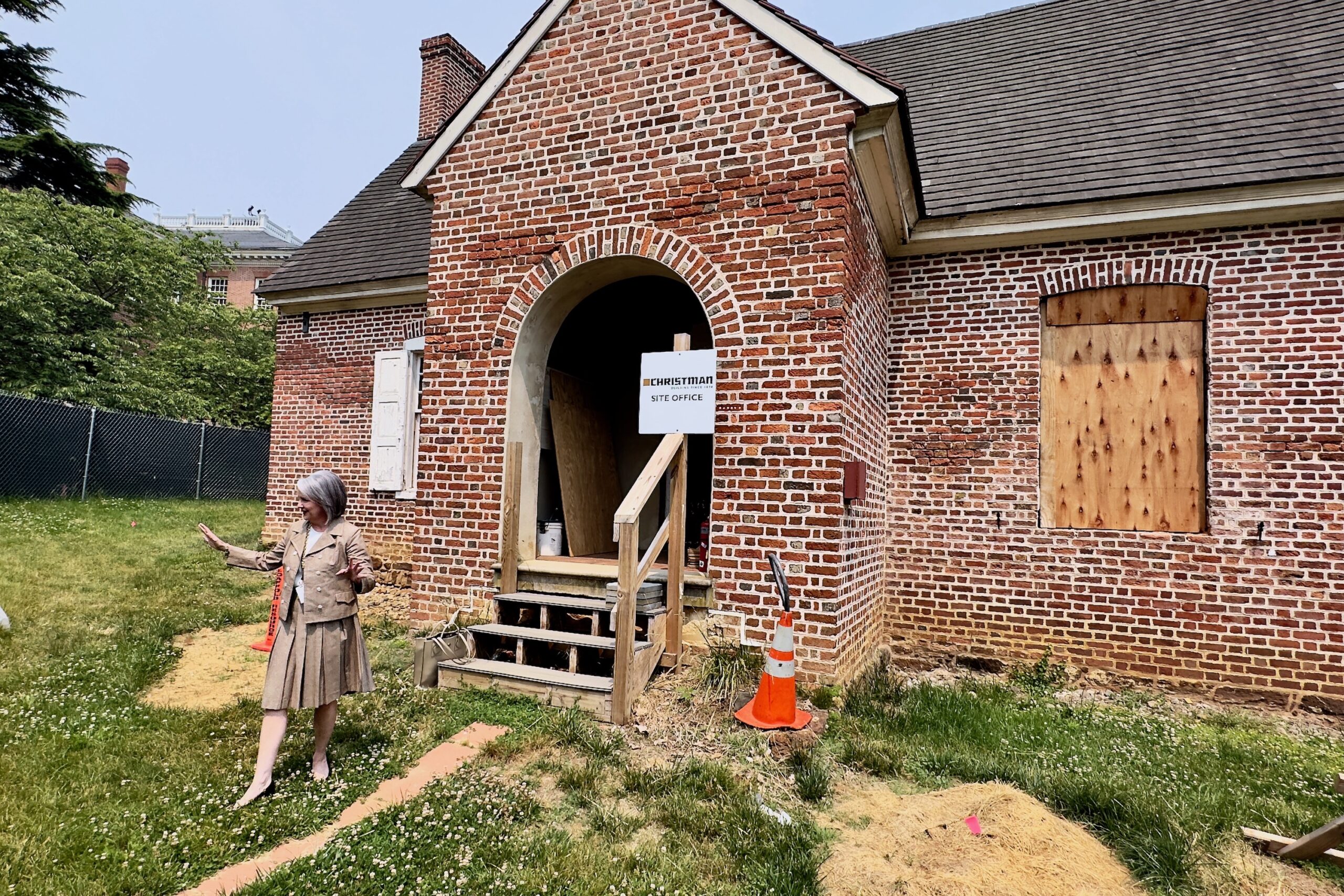
The oldest state government building in Annapolis doesn’t look like much these days. In fact, a visitor could be forgiven for not thinking much about it at all.
Built in 1735 below the State House on the east side of what is now State Circle, the Old Treasury Building was once a hub of economic activity for a fledgling colony. Inside, iron chests held currency and coins issued by the state as well as bills of credit.
That activity faded into the past. For decades, the structure, once the focus of burglary attempts, has stood silent, closed to the public with only a small marker explaining its former use.
An effort is underway to turn the building into a historical exhibit providing another look at the state’s history and economy.
“It’s a charming little building and people think it’s a gift shop or a visitors center,” said State Archivist Elaine Rice Bachmann. “It needs to be a publicly experienced building. So I’ve held off other projects or other ideas that I don’t think would have served the public.”
Bachmann recently led a tour of the building for members of the state Commission on Artistic Property.
“This is definitely going to be the ‘before photo’ so we’ll see the condition of the building as we get started,” she told commission members.
“It hasn’t been open to the public for 50 years. It’s sort of been the stepchild of State Circle,” said Bachmann.
Currently the building sits behind a six-foot tall tarp-covered chain link fence.
The three rooms inside the building now serve as storage and space for the contractor renovating the State House. There is a pile of foundation rock stacked in one corner of a room that was the office of the state treasurer. Two windows from the State House dome rest on the brick floors. In another room, ladders and a lawnmower and other construction odds and ends including small bags of old nails and stones dutifully tagged and set aside.
“It’s gone through a couple of restorations but then sort of quickly became consumed by other uses,” she said. “Most recently, as you know, for lack of a better word its been sort of a storage shed for all the projects going on here on the complex.”
That’s about to change.
“It is the oldest public building in Annapolis, built in 1735. It has never been interpreted as a public exhibit,” said Bachmann. “It sort of served as an office space for Historic Annapolis for years.”
Renovating the building is part of a $20.2 million State House restoration effort. The first phase of that work included the repainting of the iconic State House dome. That project was completed before Gov. Wes Moore (D) was sworn in in January.
“The scope of work for the Old Treasury Building is still being developed as the building continues to be investigated and design progresses based on findings,” said Nick Cavey, a spokesman for the Department of General Services, which is managing the efforts. “In general, the building is anticipated to be restored to its pre-Revolutionary War appearance in preparation for publicly accessible exhibits interpreting Maryland’s 17th century history.”
Bidding for the treasury project is expected to start later this summer.
The overall project includes restoration and gutter work on the exterior of the State House and expansion of a walkway along State Circle.
Work on the Old Treasury Building will include adding lighting and upgrades to existing electricity outlets installed over the years as well as fiber optic upgrades to support exhibits and security. A window in what was the office used by the treasurer will be converted into an accessible entrance. There is no completion date set for the treasury building renovation.
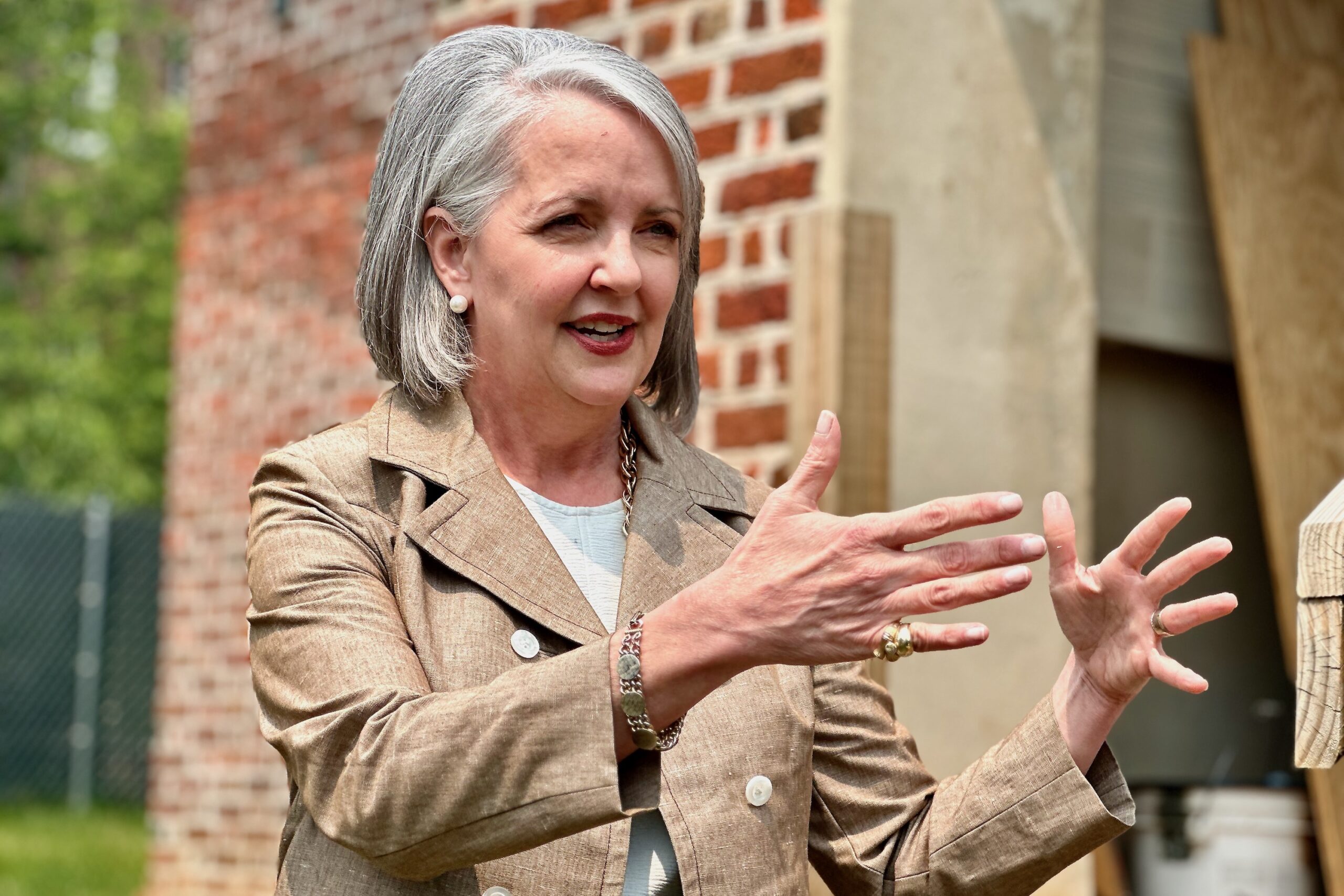
State Archivist Elaine Rice Bachmann. Photo by Bryan P. Sears.
“This is not going to be restored to be like a precious space that can’t be utilized. There’s [very little] original left in here,” Bachmann said, including the brickwork, some doors and architectural elements.
The building has seen “restorations” over time that used preservation techniques that would not be acceptable today, she said. “At one point, all of its interior walls were covered in sort of like an asphalt that had to be removed. It’s pretty amazing that the original brick still exists, Bachmann said.
A modern door will be installed that will provide security but also allow for keeping the original door in place. The brick will also likely look a bit different as there are plans to return a red-colored wash that once covered it.
“It is exciting to think about finally completing this leg of the visitor experience master plan with respect to interpreting the 17th century,” said Bachmann.
Possible exhibits could include a look at the move of the capitol from St. Mary’s in 1695, the 18th century economy of the state and its currency,” Bachmann said.
Work is underway to determine what furniture was likely present and what the rooms looked like.
“We have some really terrific records in the archives of furniture that was in here,” said Bachmann.
The building contains three rooms: a main assembly area, an office where the treasurer worked and a smaller room that was home to three iron chests containing the state’s currency and bills of credit.
“There’s a couple of significant break-ins that we have documented at the archives when people were trying to break in to get to the treasure,” said Bachmann. “We have the original iron chests that held the bills of currency that we can put in the space.”
The plan is to display replicas of historical artifacts.
“So we are not going to display actual ephemera in that building for 100 reasons,” said Bachmann. “But because we have this collection, and we have the ability to reproduce from it, to interpret from it. It’s really going to be exciting. It’s going to be an avenue to talk about tobacco agriculture, the economics of Maryland, and how that impacted Maryland society for enslaved labor and free black labor. It’s finally going to be a context where we can bring some of that discussion into existence.”
Editor’s Note: This story was updated to clarify comments made during the Commission on Artistic Property tour.



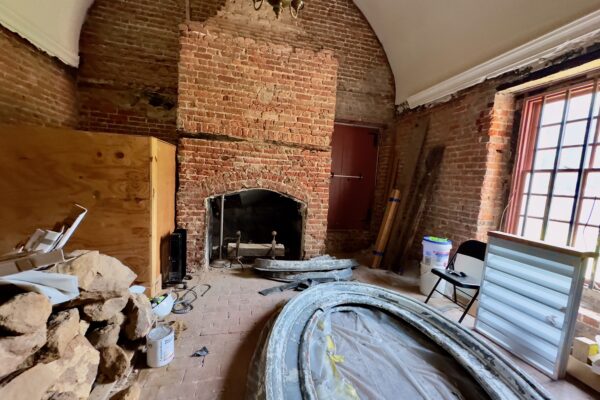

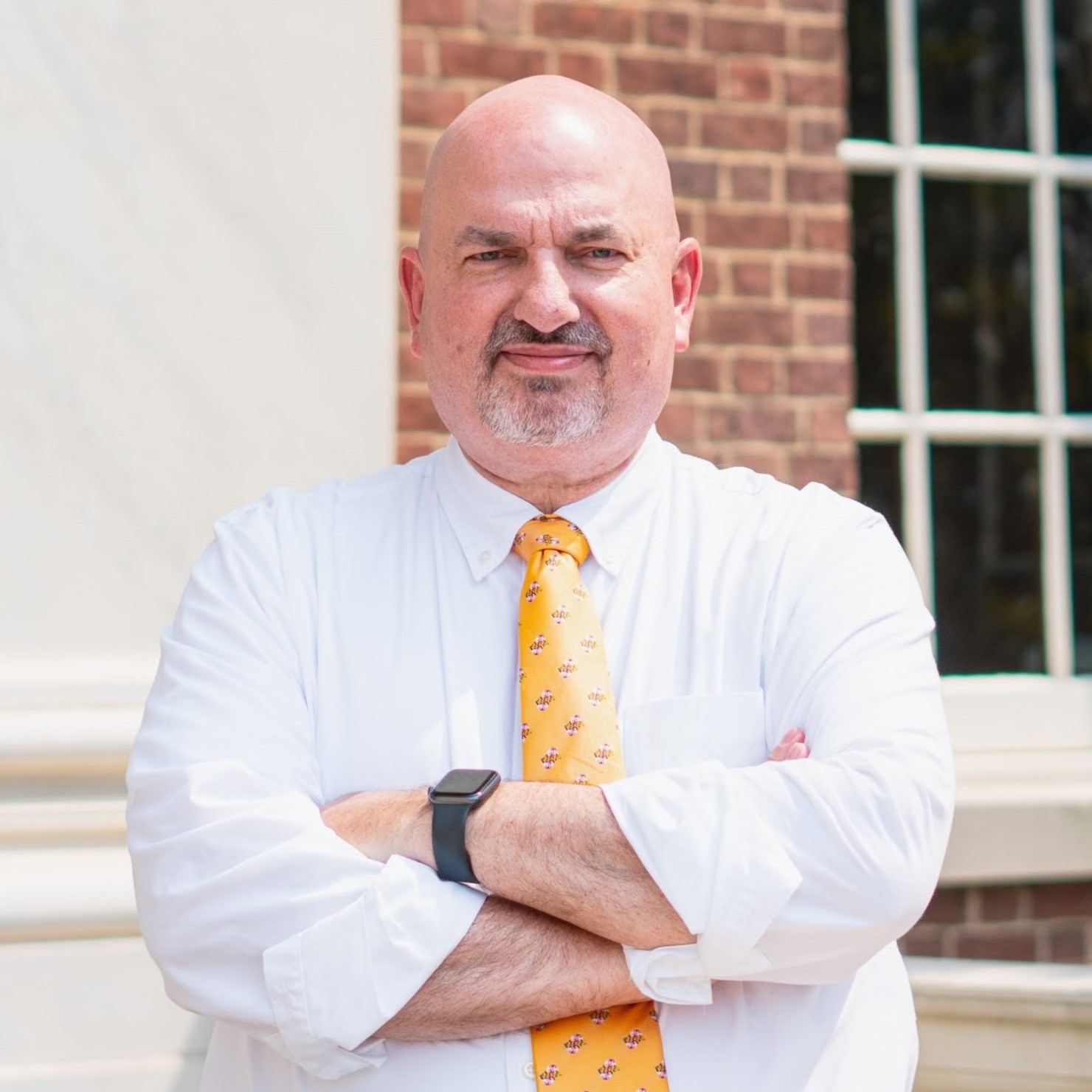
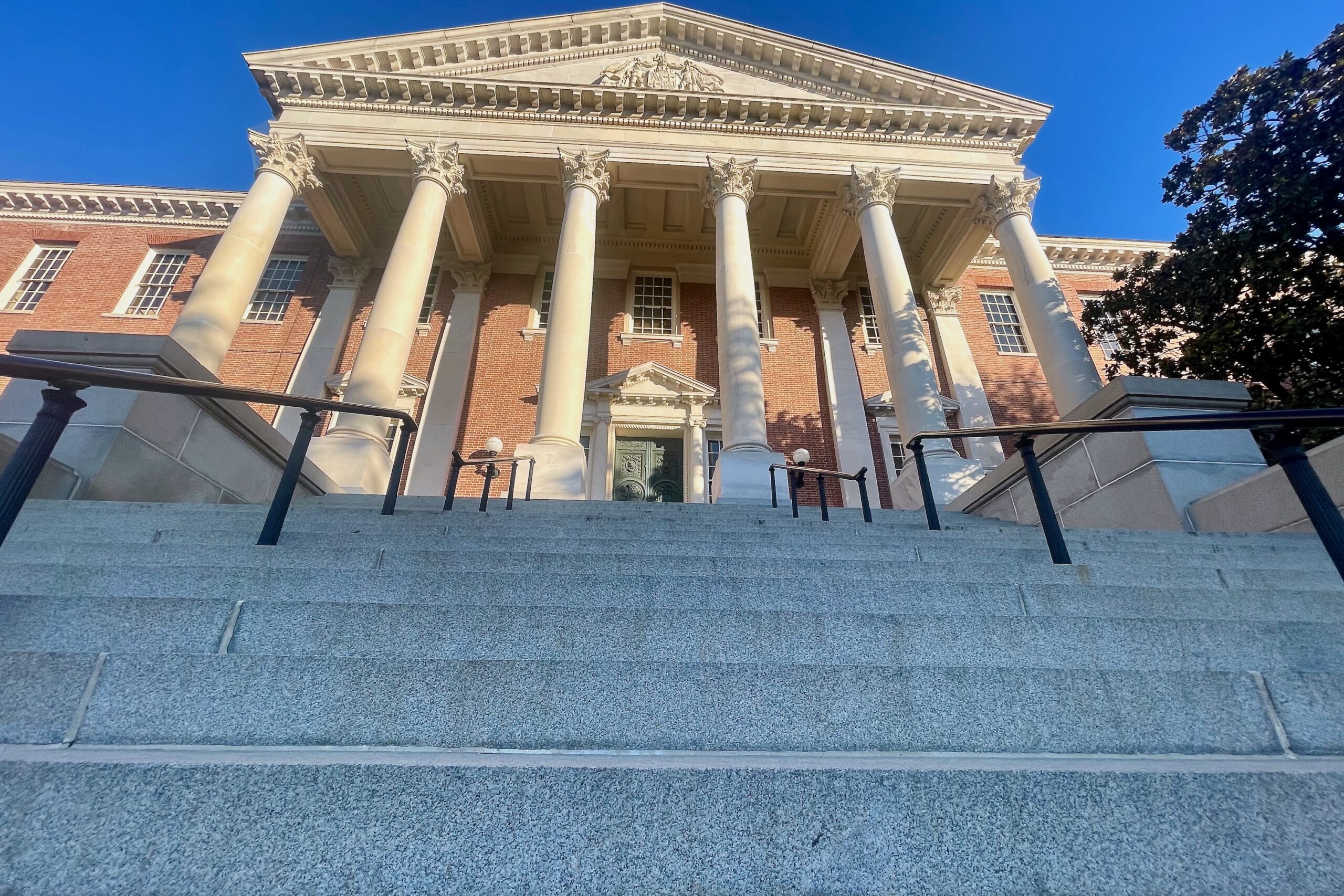
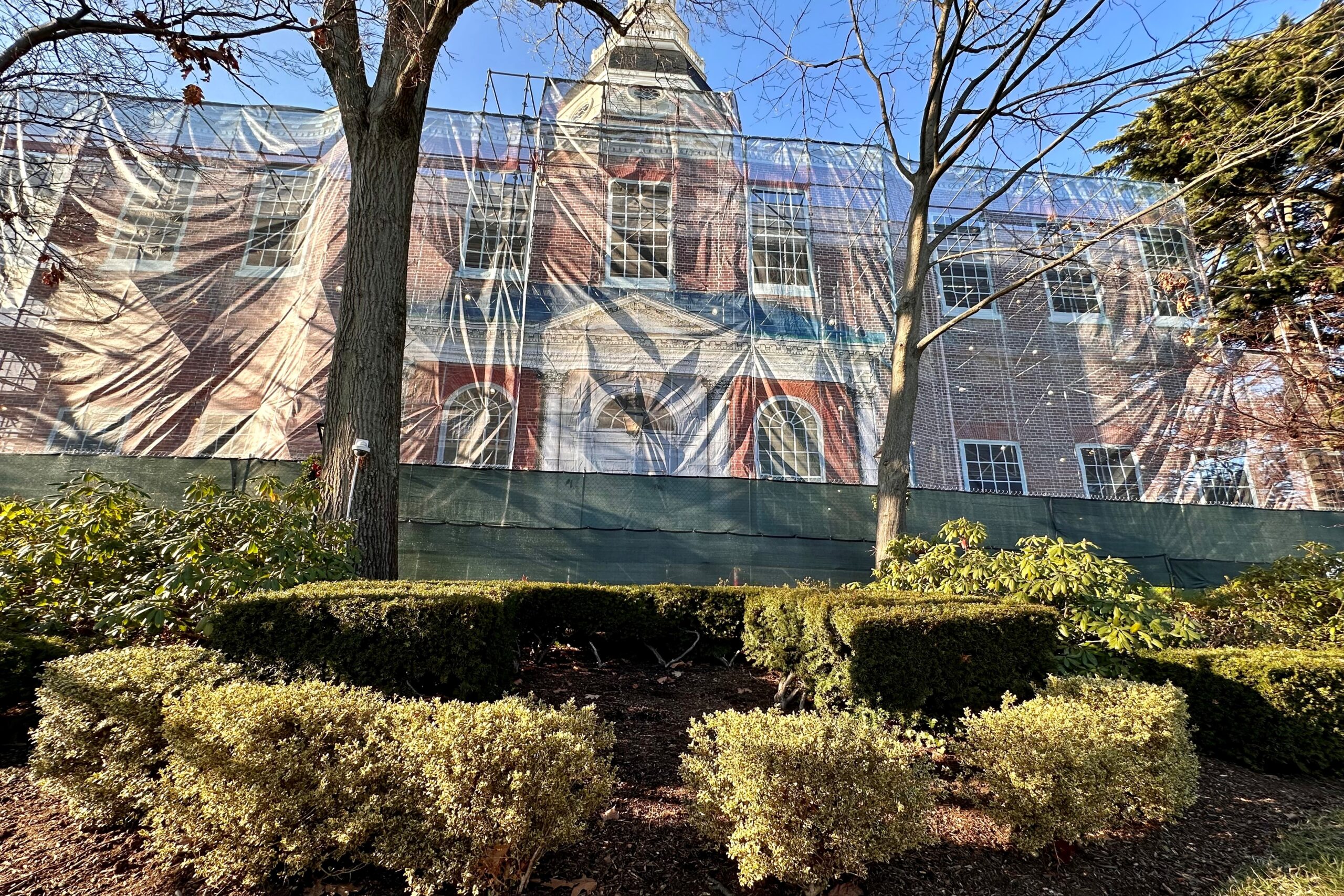
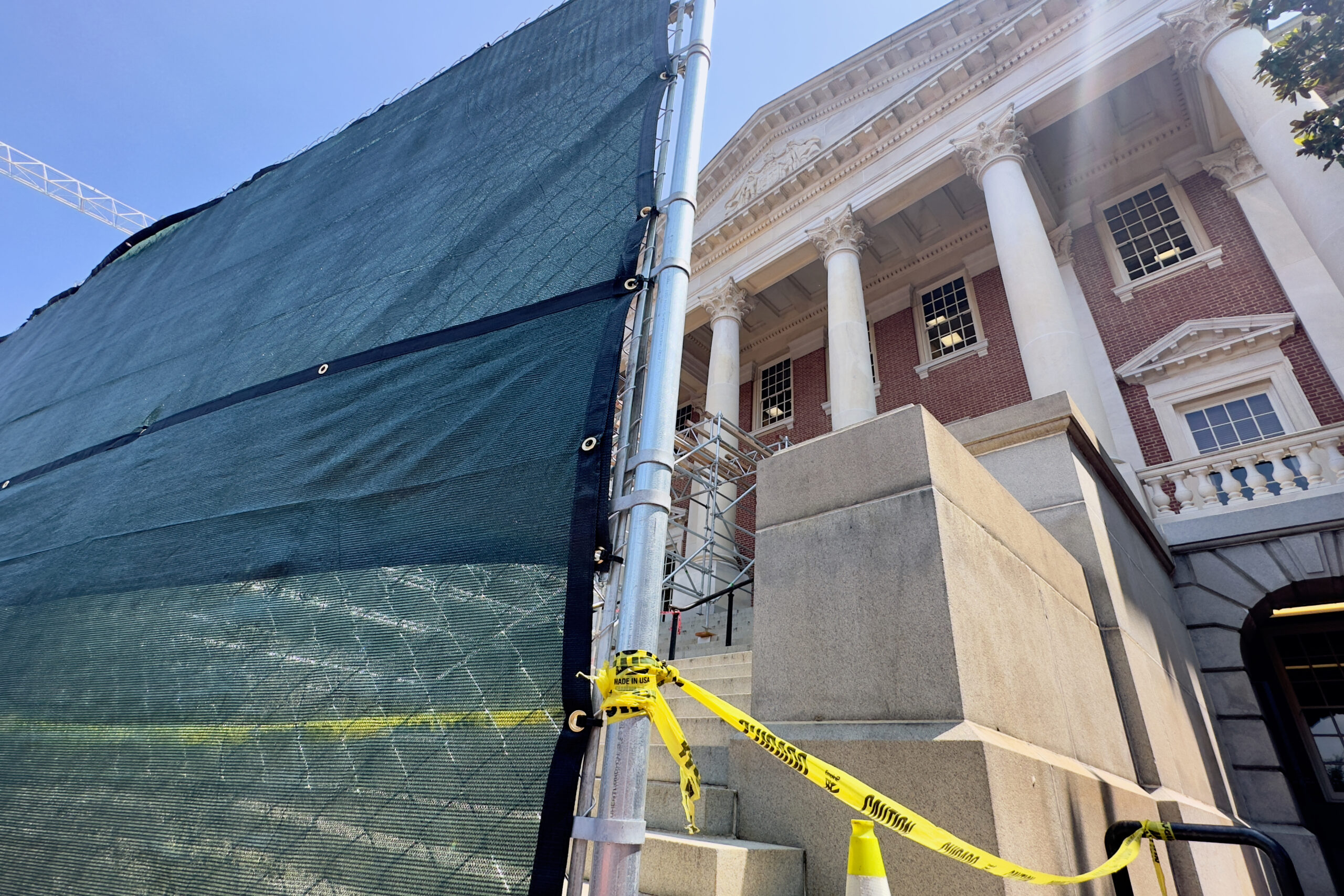
 Creative Commons Attribution
Creative Commons Attribution